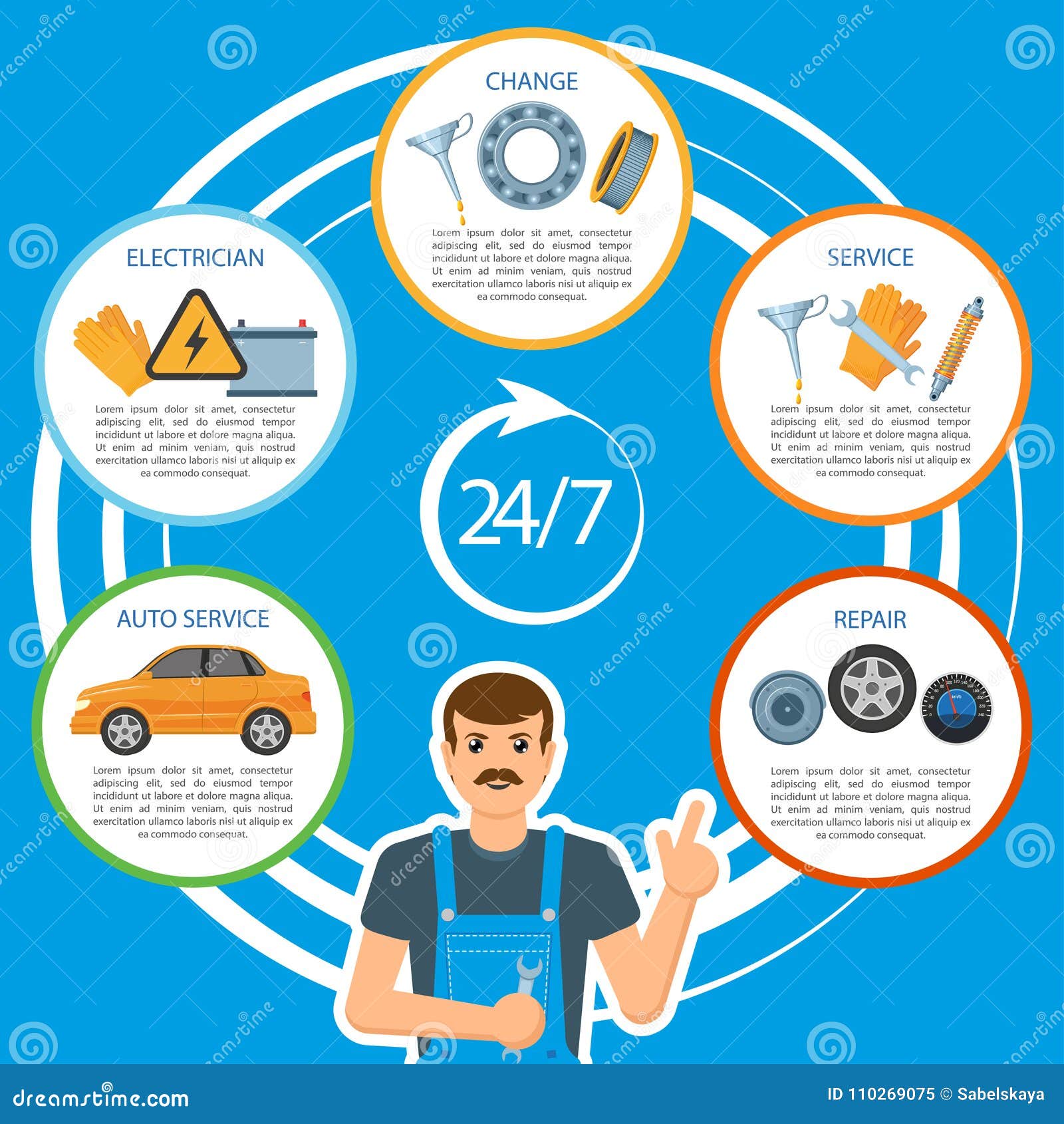When you lag the wheel, those glowing warning lights on your control panel can be a bit puzzling. Do you understand what they're trying to tell you concerning your auto's wellness? Recognizing the importance of these lights is essential for your security and the longevity of your automobile. So, the following time one of those lights appears, wouldn't you wish to analyze its message accurately and take the required steps to resolve it?
Common Caution Lights and Interpretations
Determine usual warning lights in your auto and comprehend their definitions to make certain secure driving.
One of the most normal caution lights include the check engine light, which signals issues with the engine or emissions system. If this light comes on, it's vital to have your automobile checked without delay.
The oil pressure warning light suggests reduced oil stress, requiring instant focus to avoid engine damage.
A flashing battery light may recommend a malfunctioning billing system, possibly leaving you stranded otherwise dealt with.
The tire pressure monitoring system (TPMS) light notifies you to low tire pressure, impacting automobile stability and fuel efficiency. Disregarding this could cause unsafe driving conditions.
The abdominal light indicates an issue with the anti-lock braking system, endangering your capability to stop swiftly in emergency situations.
professional detailers but not least, the coolant temperature level warning light warns of engine overheating, which can result in serious damages if not resolved quickly.
Understanding these common caution lights will certainly aid you deal with issues promptly and preserve safe driving conditions.
Significance of Prompt Interest
Comprehending the common warning lights in your vehicle is just the initial step; the relevance of promptly addressing these cautions can not be highlighted enough to ensure your safety and security on the road.
When a caution light illuminates on your dashboard, it's your automobile's method of communicating a prospective concern that needs attention. Ignoring these warnings can cause extra extreme troubles in the future, compromising your safety and security and possibly costing you more out of commission.
Motivate interest to alerting lights can stop break downs and accidents. As an example, a blinking check engine light might indicate a misfire that, if left ignored, might cause damage to the catalytic converter. Addressing this without delay can save you from a costly repair work.
Likewise, a brake system cautioning light might signify reduced brake liquid or used brake pads, critical components for your safety and security when driving.
Do It Yourself Troubleshooting Tips
If you observe a caution light on your dashboard, there are a few DIY fixing tips you can attempt prior to seeking expert help.
The very first step is to consult your vehicle's handbook to understand what the specific caution light suggests. Sometimes the concern can be as straightforward as a loose gas cap activating the check engine light. Tightening up the gas cap may deal with the issue.
One more typical problem is a low battery, which can cause numerous alerting lights. Inspecting the battery connections for corrosion and guaranteeing they're safe and secure may repair the problem.
If a warning light persists, you can attempt resetting it by detaching the auto's battery for a couple of minutes and afterwards reconnecting it. Furthermore, examining your lorry's fluid degrees, such as oil, coolant, and brake fluid, can assist troubleshoot cautioning lights related to these systems.
Final thought
To conclude, understanding your vehicle's warning lights is necessary for maintaining your car running smoothly and safely. By without delay dealing with these alerts and knowing what they indicate, you can prevent expensive fixings and potential break downs.
https://www.kiplinger.com/slideshow/cars/t009-s001-winter-car-care-and-maintenance-tips-2019/index.html in mind to consult your cars and truck's handbook for specific information on each alerting light and do something about it as necessary to ensure a trouble-free driving experience.
Remain educated, stay safe when driving!
